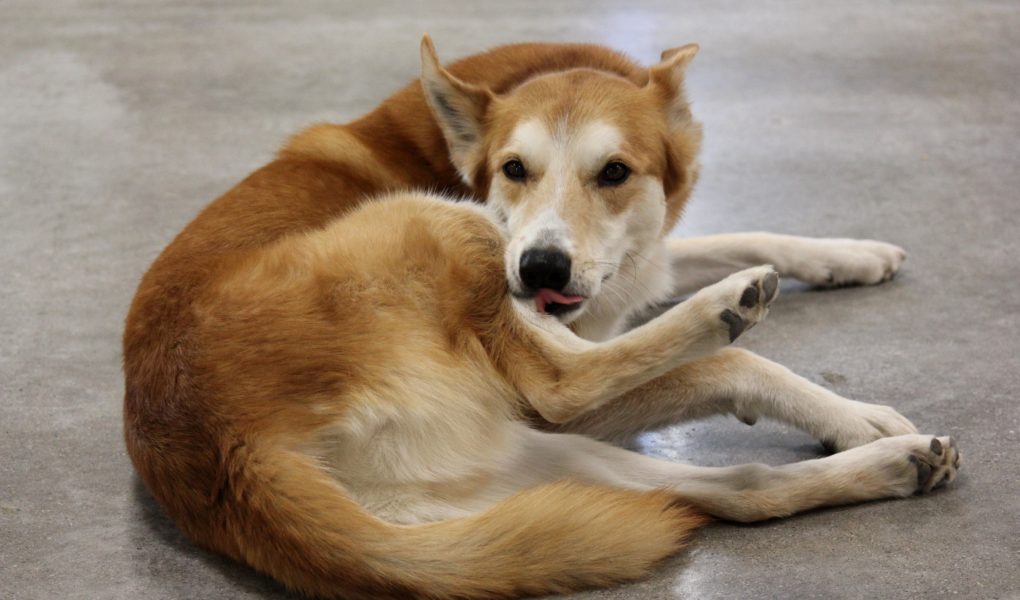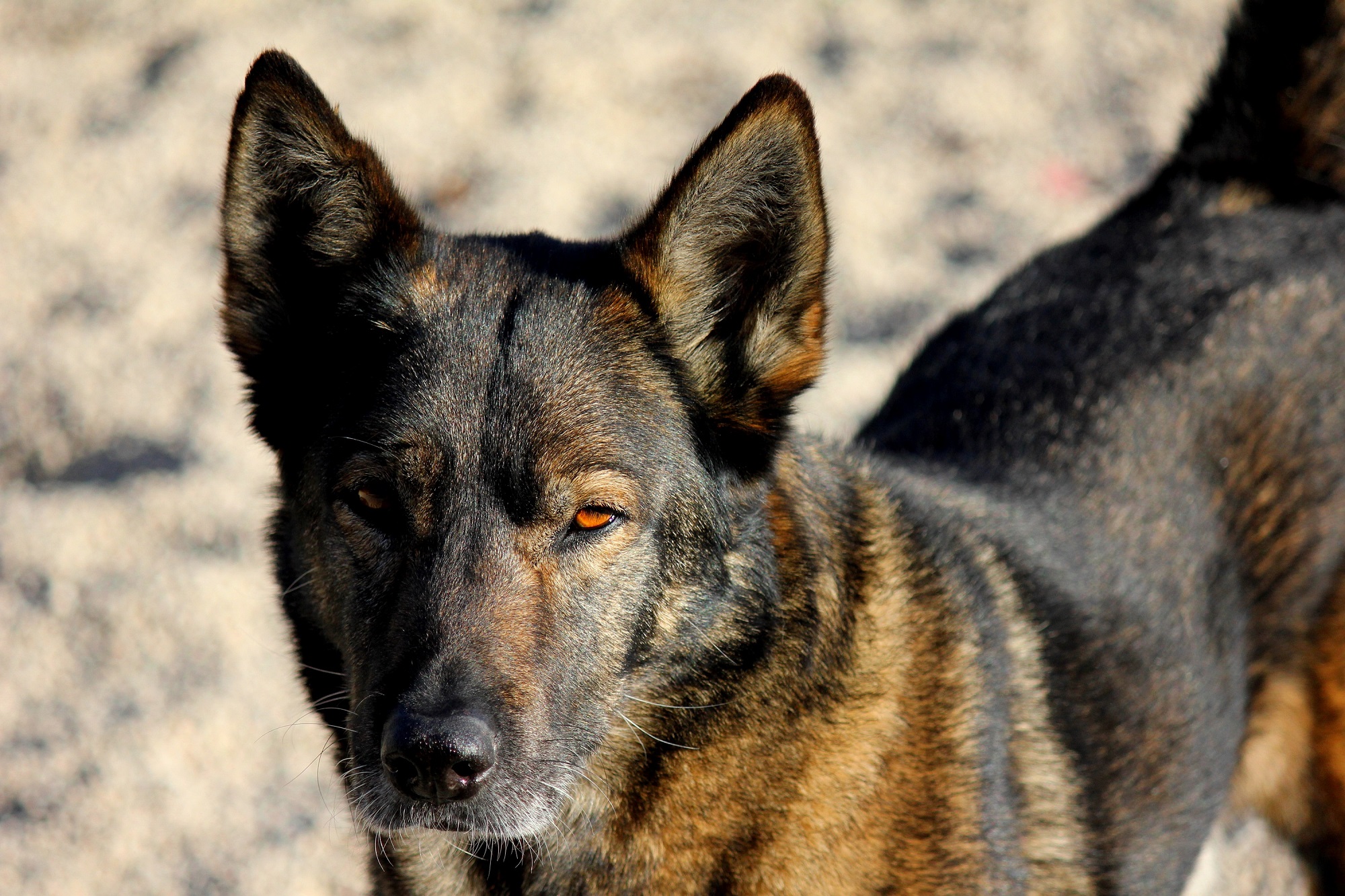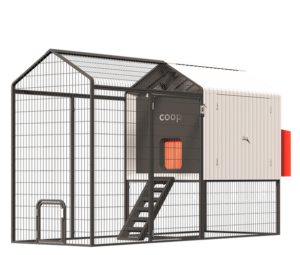What’s A Torn ACL & How To Recognize It?
A torn ACL is when your dog has torn their cruciate ligament in their back leg. You’ll have an idea if this has happened because your dog will go lame in the back leg. It can range from looking slightly sore to not wanting to use the leg at all. A vet can identify whether or not it’s an actual tear, or just a sprang.
How Does A Dog Tear An ACL
In general, a dog tears it’s ACL it’s due to rough activity. Your dog’s running, jumping, or playing and then tweeks their leg just right to cause a tear. Some dogs are more prone to this than others like the larger dogs breeds, or dogs that are overweight.
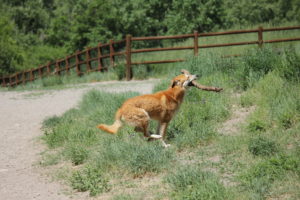
How To Fix It?
Surgery: If your dog has completely torn their ACL then surgery may be mandatory. The only way to know for sure is to make an appointment with the vet. Delaying treatment can cause additional issues like the other leg tearing or permanent damage. Most often a vet is going to suggest surgery so it’s best to get a second opinion or more to make sure they aren’t just after your pocket book. It’s an expensive surgery at anywhere between $1,500 to $8,000.
Home Healing: On the hopeful side, if your dog only has a minor or partial tear, they can likely heal up a home with a lot of TLC. Healing at home, is much like what you’ll have to do post surgery. This mainly consists of strict bed rest for anywhere between 6-12 weeks. So no playing, walks, stairs, slick floors, or jumping on furniture. This can be especially challenging if you have an active dog that refuses to stay still. In this instance, you may want to request some sort of mild sedative from the vet. It can also be helpful to block your dog into a smaller area of the house where they’re forced to take it easy.
Additional Rehab: Other things you can do to help the healing process further include . . .
-Gentle massage around the general area, NOT the injury itself.
-Pain meds as needed, though some helpful words I had from a vet was that a little pain reminds your pet that they’re hurt and to take it easy.
-Anti-inflammatory whether it’s pills from the vet, or something more natural like turmeric.
-If your dog is on the heavy side, now’s a good time to put them on a diet to help take some weight off that leg.
-A knee brace for dogs can be purchased to help support the leg.
-Physical therapy can be helpful in healing and preventing another tear in their other leg.
-Once your dog’s becoming more mobile, swimming is a great low impact exercise. You can also begin to do some walks (ON LEASH) starting with 5 minutes at a time.
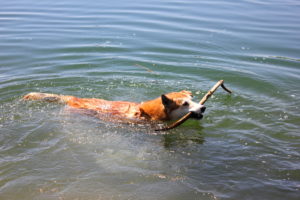
Other Thoughts
Your dog will let you know how they’re feeling during the healing process. It’s better to under exercise your dog than to overdo it and cause more damage. It’s also worth noting that in many cases when a dog tears it’s ACL in one leg, the other one tears too. This is caused by the dog putting all their weight on the healthy leg which proves too much to handle. So immediate treatment is important to avoid a second unnecessary tear.
Keeneye had a partial tear that took some time to heal. I had to walk him on leash on certain walks where I knew he’d wan’t to chase the wildlife. There would be times where I thought he was on his way to recovery, and then he’d accidentally step wrong and tweek his leg again, causing another week of pain and having to be very gentle on his leg. Today, he’s healed and back to his normal activities and hasn’t had another problem since.
I’ve seen several dogs over the years that have torn their ACL. In my experience, it’s seems to be more common in the tight muscly breeds like pit bulls. I’ve also seen a couple shepherds and working dogs that have torn their ACL. Some have done surgery and recovered, and some did not do surgery and still fully recovered. It’s a time consuming healing process but it’s generally all good in the end. You’ll just want to be sure fido takes it easy in the future and doesn’t make the same mistake twice.


